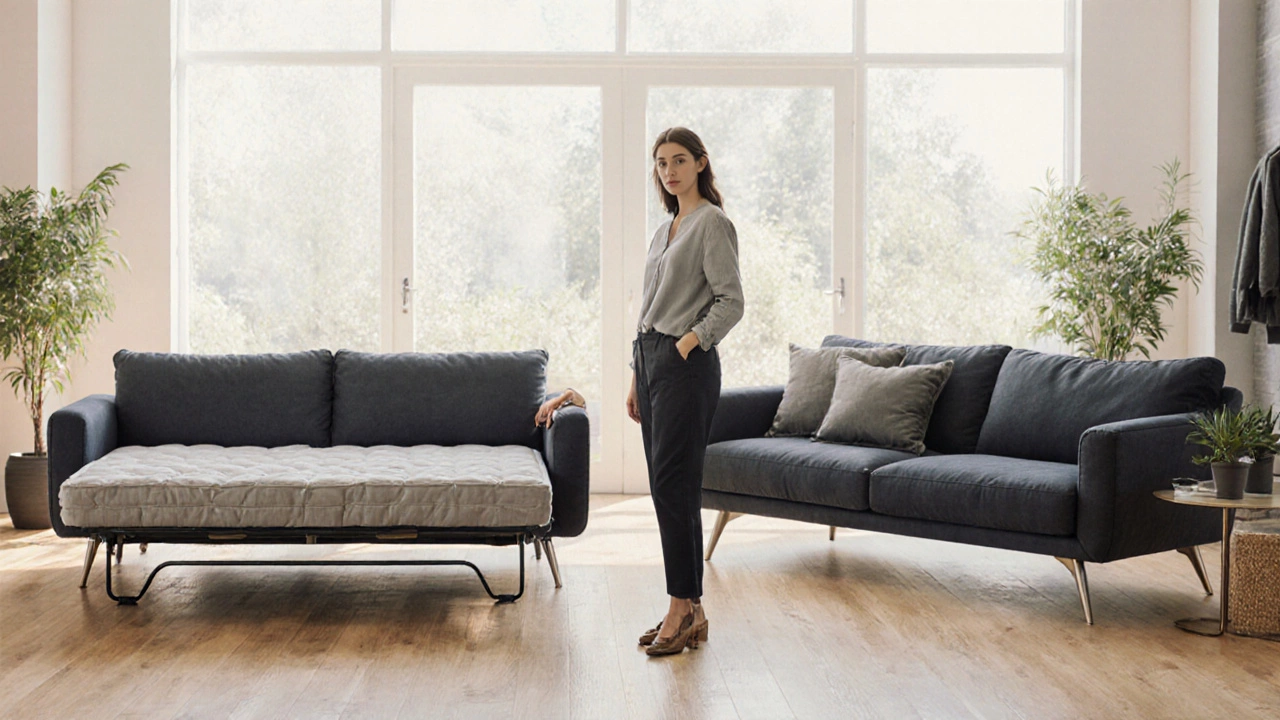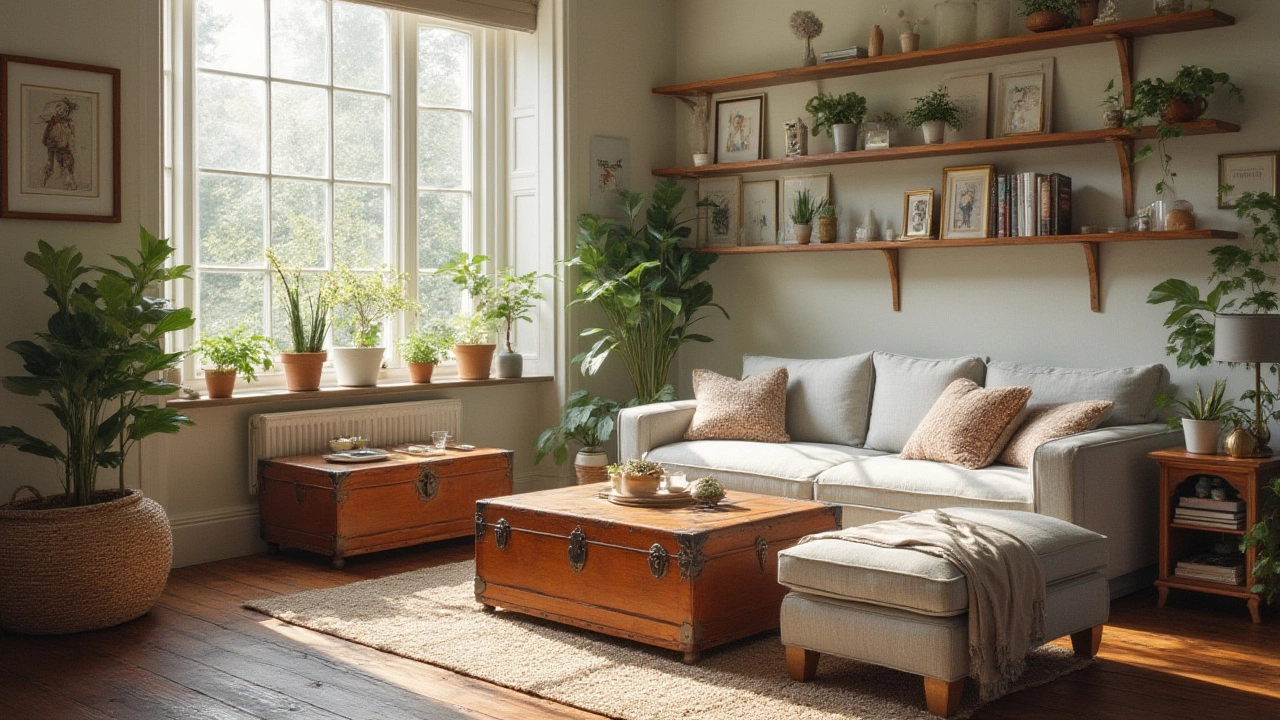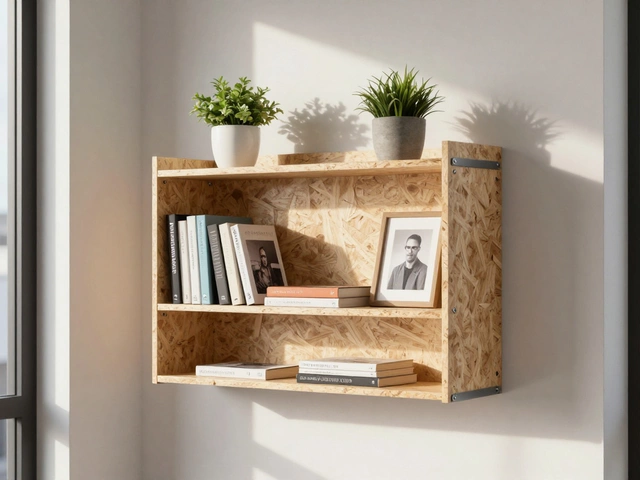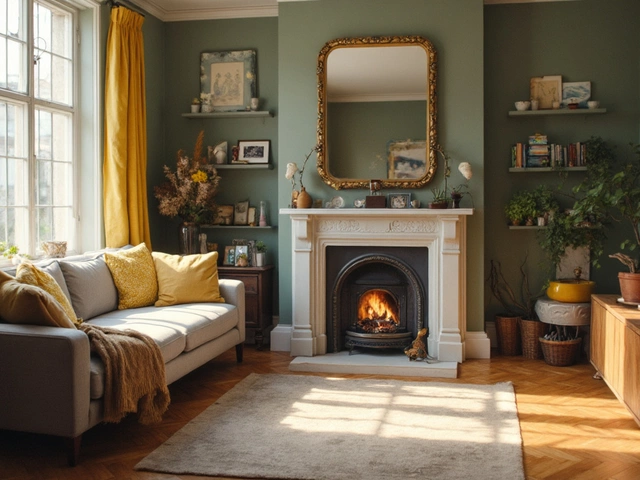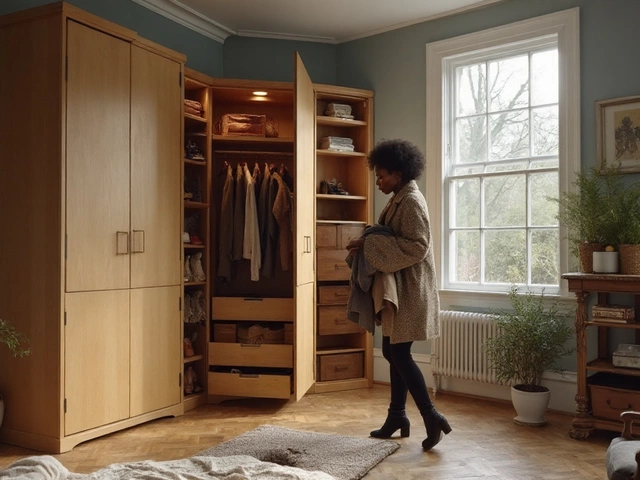Space‑Saving Furniture for Classrooms: Make Every Square Foot Count
Running out of space in a school room is a daily headache. When desks, chairs, and shelves take up too much floor, students can’t move around, teachers can’t set up activity zones, and the whole learning vibe suffers. The good news is that the right furniture can free up space without cutting comfort or functionality.
Why Space‑Saving Matters in Schools
Kids need room to stretch, collaborate, and work on projects. A cramped layout makes it harder for teachers to manage the class and can even affect safety. Space‑saving furniture lets you keep the room safe, flexible, and ready for different teaching styles – from whole‑class lessons to small‑group work.
More open floor space also means you can add interactive tools like whiteboards, science stations, or reading nooks without feeling squeezed. In short, a tidy room improves focus, behaviour, and overall learning outcomes.
Top Space‑Saving Furniture Picks
Fold‑away desks: These desks fold flat against the wall when not in use. They are perfect for schools that need extra floor space for gym or art activities. When the lesson changes, simply pull them down and you’ve got a ready‑to‑use workstation.
Stackable chairs: Chairs that stack neatly reduce storage space dramatically. Choose models with sturdy, ergonomic backs so students stay comfortable even when the chairs are stacked for a while.
Mobile storage units: Carts on wheels let you move books, supplies, or tech gear wherever it’s needed. When the lesson ends, roll them back to a corner and the room feels open again.
Multi‑functional tables: Tables with built‑in shelves or adjustable heights serve as both work surfaces and storage. Kids can keep their notebooks and pens on the same piece of furniture, cutting down on extra bins.
Wall‑mounted shelves: Using vertical space keeps the floor clear. Low, wide shelves are easy for younger children to reach, while higher shelves can hold books or equipment that older students need less often.
All these options share three core ideas: they fold, stack, roll, or climb. When you pick furniture that follows at least one of these principles, you instantly gain more usable floor area.
Another tip is to think about the room’s flow. Place chairs and desks in a way that creates clear pathways to the door, the board, and any activity zones. A simple layout sketch before buying can stop you from ending up with furniture that blocks traffic.
Don’t forget durability. School furniture sees heavy use, so choose brands that offer solid frames, high‑quality plastics, or treated wood. A sturdy piece may cost a bit more upfront, but it lasts longer and stays safe for students.
Finally, involve teachers in the buying process. They know the day‑to‑day challenges and can tell you which pieces will actually get used. A collaborative purchase means you get furniture that fits the real classroom routine.
When you combine smart design, flexible pieces, and input from educators, your school can turn a cramped room into a spacious, engaging learning hub. Start with one or two space‑saving items and watch the whole environment improve – it’s a small change that makes a big difference.
